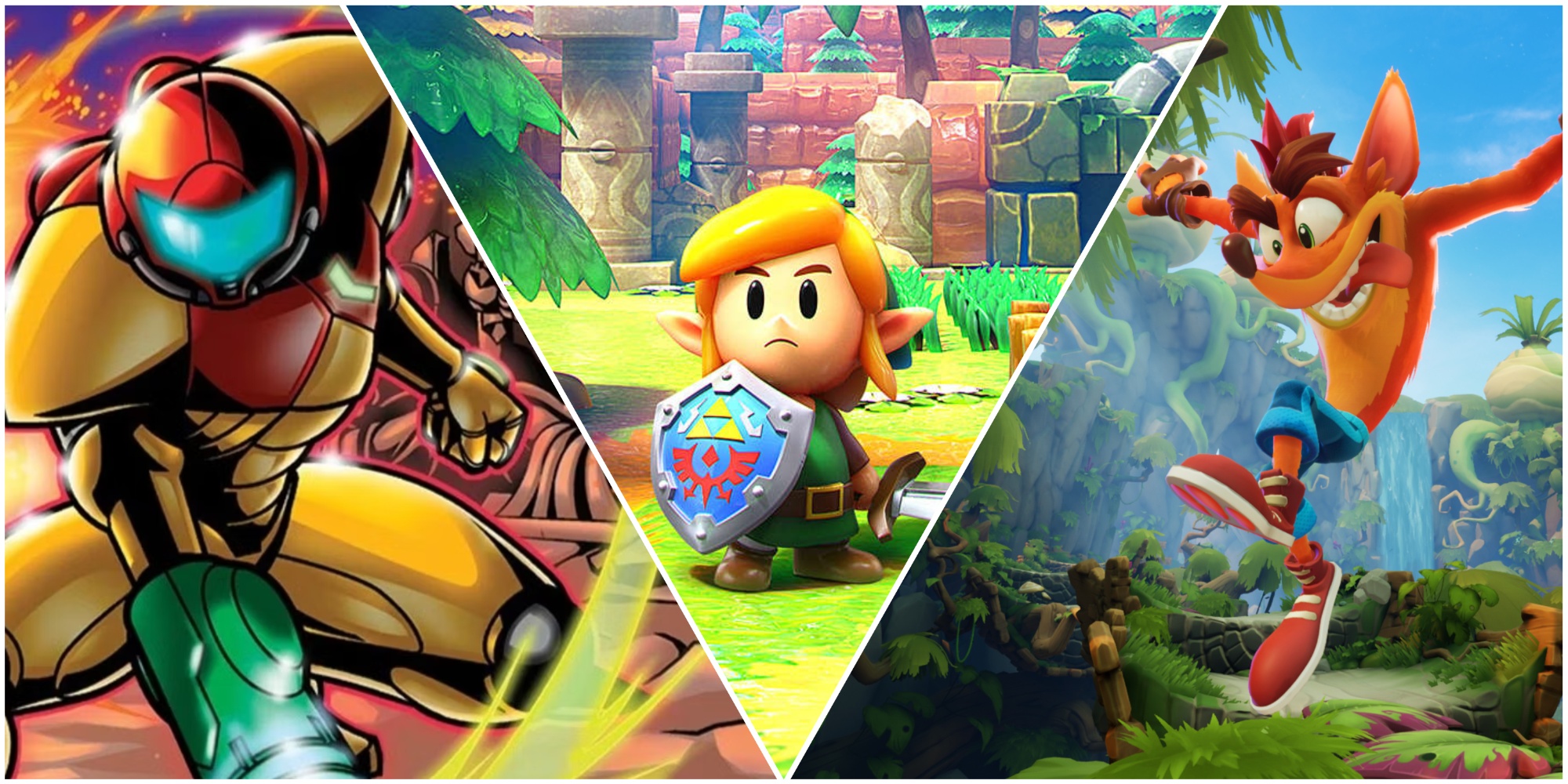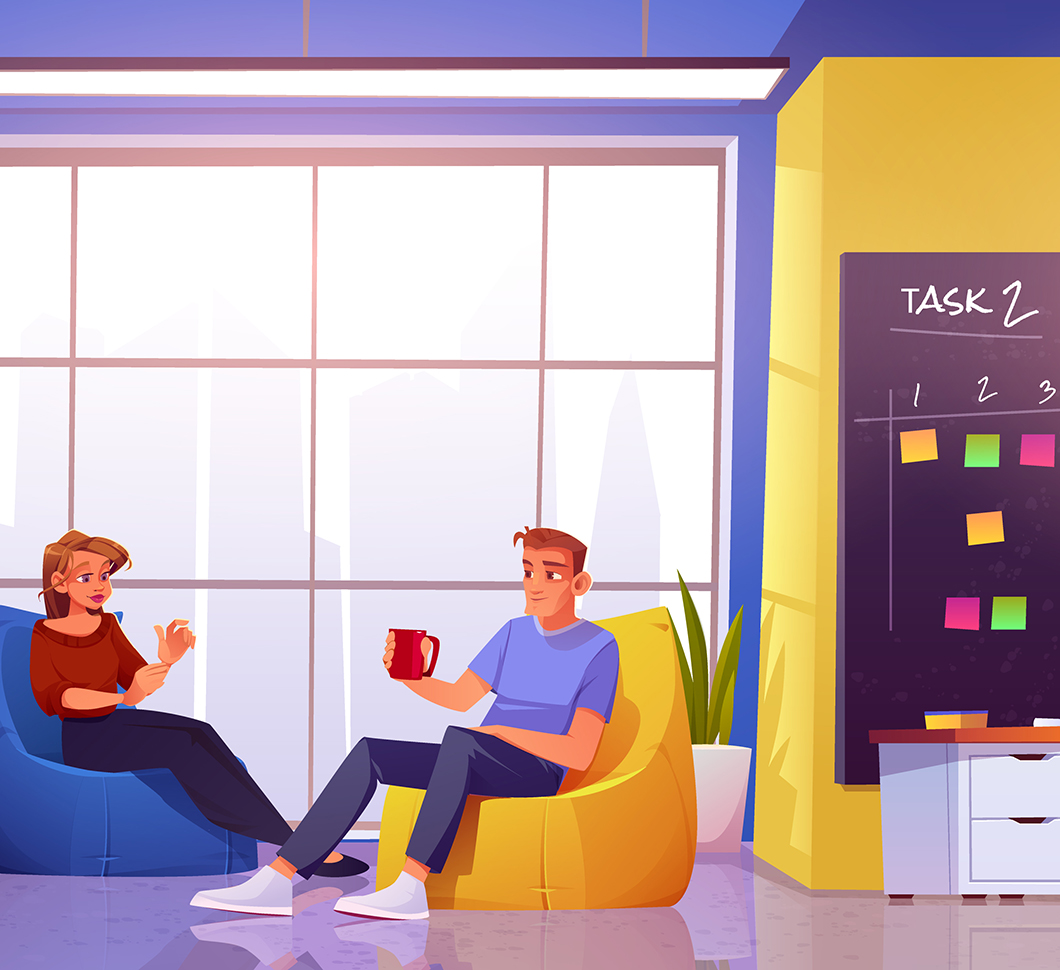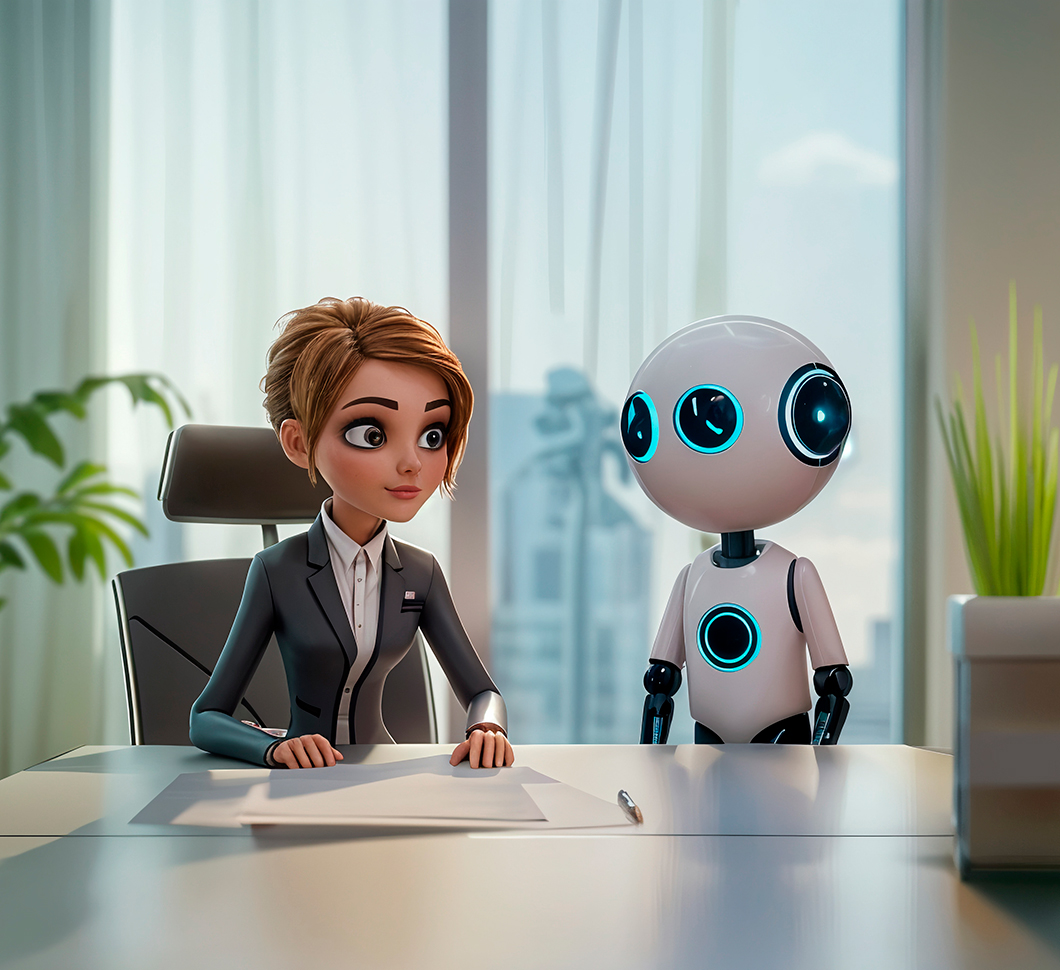Upgrading graphics and modernizing gameplay mechanics in video game remakes involves a detailed and focused approach. Full-cycle game development requires understanding the original game’s strengths and the areas that need improvement to meet current industry standards. Graphics updates often include high-resolution textures, enhanced lighting effects, and improved animations, giving the game a more polished and visually appealing look.
Gameplay mechanics, on the other hand, need to evolve to meet the expectations of modern players. This can include updating control schemes, improving AI behavior, and incorporating quality-of-life features that weren’t possible in older games. Ensuring a smooth, responsive experience is critical to retaining players’ engagement.
The balance between keeping the original game’s core elements intact while introducing fresh updates requires thoughtful planning and execution. Developers often focus on what made the original game famous while ensuring the remake is relevant to today’s audience. Full-cycle game development teams must continuously test and gather player feedback to fine-tune the graphical improvements and gameplay changes for the final product to succeed.
Understanding the Core Elements of a Successful Video Game Remake

A successful video game remake begins with understanding what made the original popular. Developers must identify key features such as gameplay mechanics, characters, and storylines that players connect with. For example, narrative game design plays a huge role in ensuring that the plot and world-building stay true to the original. Improving graphics and controls while maintaining the core feel is critical. The goal is to keep the essence intact while adjusting the game to modern expectations. An effective remake knows when to introduce changes and when to leave iconic elements untouched.
Identifying the Target Audience for Remakes
Before developing a remake, identifying the target audience is critical. Veteran players expect the nostalgia of the original game, while newcomers look for modernized features. Researching player feedback from the original game provides valuable insights into their preferences. Studios should pay attention to what worked, what didn’t, and what features can be improved. This is where you should learn how to make a game demo.
Creating a game demo can help attract new audiences and gauge their reactions to gameplay and visual updates. The demo should showcase key improvements, allowing potential buyers to experience the game before committing. Some recent remakes, such as Final Fantasy VII Remake, struck a balance between modern elements and retro charm, appealing to both new and old audiences.
Having a clear understanding of the target market will guide design choices and marketing strategies. Full-cycle game development teams must ensure the remake remains accessible to new players while still catering to fans of the original, striking a delicate balance.
Balancing Nostalgia with Innovation — What Gamers Expect
Meeting the expectations of modern gamers while preserving the original's charm presents a challenge in video game remakes. Players who loved the original seek familiarity in terms of story, characters, and music, but they also want smoother mechanics and visually appealing graphics. Some gamers expect quality-of-life improvements like streamlined controls or better checkpoints.
Careful updates to gameplay mechanics ensure smoother movement, smarter AI, and better responsiveness without disrupting the core experience. For example, Resident Evil 2's remake retained the survival horror atmosphere but upgraded controls, introducing more fluid combat. That approach made the game appealing to both seasoned fans and newcomers.
A balance must be struck. Too many changes can alienate long-time fans, while too few updates may fail to capture a new audience. Developers should focus on areas where technological advancements can improve the game, ensuring that updates feel purposeful and enhance the overall experience. Fans expect upgrades, but maintaining the heart of the original ensures lasting success.
Common Pitfalls That Cause Remakes to Fail
Remake Video Games: Key Techniques and Technologies
Remakes rely on advanced techniques and modern technologies to improve upon the original while retaining its essence. Higher-resolution textures, improved animations, and better lighting effects are standard. The difference between a remake vs. remaster lies in the depth of changes. A remake rebuilds the game from the ground up, often altering mechanics, while a remaster primarily focuses on graphic updates and performance enhancements, keeping gameplay intact.
Utilizing Modern Game Engines for Enhanced Visuals
Modern game engines provide a strong foundation for visual enhancements in remakes. Many studios rely on engines like Unreal Engine or Unity for advanced lighting, realistic textures, and smooth animation systems. These engines offer powerful tools that allow developers to create visually appealing remakes while maintaining performance.
- Advanced lighting systems. Engines now include real-time lighting techniques, such as ray tracing, that bring realism to scenes by accurately simulating light interactions.
- High-resolution textures. Modern engines support high-resolution textures, which make environments, characters, and objects appear more detailed and polished.
- Dynamic animations. Enhanced animation systems provide smoother character movements, better facial expressions, and more lifelike reactions, improving immersion.
Making the right use of game engines ensures that remakes feel modern and visually impressive while keeping the performance optimized for both new and old hardware platforms. Developers can take advantage of the flexibility offered by these engines to tailor visual elements without sacrificing gameplay quality.
The Role of AI in Texture and Detail Improvement
AI has become a valuable tool in enhancing textures and details in video game remakes. Machine learning algorithms analyze low-resolution textures from older games and upscale them to high-definition quality, preserving detail while avoiding the time-consuming process of manually recreating assets. AI-driven texture enhancement reduces development time and allows for a more consistent visual upgrade across the game.
Procedural generation in games also benefits from AI, as it automates the creation of textures, landscapes, and in-game assets. AI can generate vast, intricate environments with unique details, ensuring variation without repetitive patterns. These techniques give developers flexibility, allowing them to focus on refining gameplay while AI handles much of the heavy lifting in detail and design.
AI can also refine smaller details, such as character animations or environmental effects. For example, AI-generated hair and fabric movement help create more realistic character models, improving immersion. The growing role of AI in video game remakes means higher-quality visuals at a reduced cost, enabling developers to deliver better-looking remakes faster.
Real-time Ray Tracing and Its Impact on Visual Quality
Real-time ray tracing has become a major advancement in game graphics, significantly enhancing visual quality in video game remakes. By simulating the way light interacts with objects, ray tracing creates more realistic lighting, shadows, and reflections. This results in more immersive environments where light behaves naturally, casting accurate reflections off surfaces like water or glass or producing lifelike shadows in complex scenes.
The impact on visual quality is immediately noticeable in remakes implementing ray tracing. Lighting that used to be static now reacts dynamically to environmental changes, such as time of day or moving objects. Even small details, like how sunlight filters through a window or bounces off a character's armor, are improved dramatically with this technology.
While ray tracing enhances single-player experiences, integrating backend solutions is becoming more critical. By the time you resolve to remake your game, you should already know why your single player game needs a backend. Features like cloud saves, online leaderboards or post-launch content updates require server infrastructure, ensuring a smoother player experience and extending the game's longevity. Even for offline games, a backend can streamline updates, patches, and analytics for future improvements, keeping the game relevant for longer after release.
Give a new life to your games with Game-Ace.
Modernizing Gameplay Mechanics for Today's Players
Modernizing gameplay mechanics requires adapting older systems to meet today’s player expectations. Updating controls, improving AI, and introducing quality-of-life features, such as better checkpoints or faster load times, help ensure a smoother experience. Mechanics that once felt rigid or outdated need refinement to create more responsive gameplay. Developers add optional features, like customizable controls or difficulty settings, allowing for a more tailored experience. These updates make the game accessible to a broader audience while retaining the core gameplay that fans of the original loved.
Redesigning Control Schemes for a New Generation
Redesigning control systems is vital when rebuilding older games, primarily to accommodate new technology and user preferences. What was previously workable on older platforms may now seem clunky or unresponsive. Developers frequently redesign control layouts to meet current standards, resulting in smoother, more natural interactions.
For example, games developed with tank controls or restricted input choices, such as earlier survival horror titles, are now being upgraded with fluid, analog-based movement, and improved camera systems. Updating controls includes optimizing for new devices, like game consoles with adaptable triggers, or incorporating motion controllers or haptic feedback. These enhancements make games more engaging and responsive to player interaction.
Control schemes must also cater to accessibility requirements. Offering configurable button mapping, sensitivity changes, and alternatives for users with impairments guarantees that the remake is accessible and adaptable. Effective control redesigns provide players with both flexibility and accuracy, improving the entire experience while maintaining the game's basic feel.
Integrating Advanced AI for Smarter NPCs
Advanced AI plays a critical role in improving NPC behavior in video game remakes. Smarter AI systems allow more dynamic and engaging interactions between players and non-playable characters, making enemies, allies, and neutral NPCs more lifelike and unpredictable. Developers enhance NPC decision-making, resulting in smarter responses to player actions, such as more realistic enemy tactics or improved cooperation from allied characters.
With improved AI, NPCs react to a broader range of stimuli. Enemies, for example, can now flank players, coordinate attacks, or retreat when outmatched. Allied NPCs become more valuable in gameplay, providing better support during combat or intelligently interacting with the environment. These changes lead to a more immersive and challenging experience for players.
The use of procedural generation in games also benefits from advanced AI. AI-driven systems can create more diverse NPC behaviors, making them less predictable and more engaging over time. In remakes, this shift toward smarter AI ensures that interactions with NPCs feel fresh, even for players familiar with the original game’s mechanics.
Introducing New Game Modes Without Losing the Essence
Introducing new game modes in a remake can broaden the appeal without compromising the original experience. Developers often add multiplayer options, challenge modes, or additional story content to extend replayability and attract new players. However, these additions must align with the core gameplay and feel like a natural extension of the original.
For example, a survival horror remake might include a time trial or co-op mode that builds on existing mechanics without undermining the single-player narrative. New modes should enhance the gameplay, not disrupt the flow or tone that made the original game memorable. Clear differentiation between original content and added modes helps prevent the new features from overshadowing the core experience.
Developers must evaluate how new modes will interact with existing mechanisms. Balancing difficulty, smooth transitions between modes, and avoiding excessive complexity are essential. When correctly implemented, new game modes provide new experiences while retaining the essence that long-time fans enjoy.
The Financial Impact of Video Game Remakes
Remakes offer financial advantages by tapping into established fan bases while attracting new players. Developing a remake typically costs less than building a new game from scratch, as many assets, concepts, and story elements are already defined. The nostalgia factor can also lead to strong sales, with remakes often performing well in both digital and physical markets. However, if the project strays too far from fan expectations, it risks financial failure.
Cost Analysis — Is It Worth the Investment?
Remaking a game involves significant financial considerations. While the costs are generally lower than creating a new title, remakes still require substantial resources for updating graphics, redesigning mechanics, and marketing. The use of modern engines, improved AI, and enhanced visuals adds to the budget, but these updates are essential to meet player expectations.
A key advantage of remakes is their built-in audience. Fans of the original game often drive early sales, reducing the marketing cost associated with introducing brand-new intellectual property. Additionally, remakes benefit from established storylines, reducing the development time spent on narrative creation and design.
Despite these advantages, a poorly executed remake can lead to financial losses. If the game fails to meet fan expectations, the investment may not be recouped through sales. Developers must balance the cost of enhancements with the expected revenue. Strategic budgeting, alongside effective marketing, can make the investment worthwhile, particularly if the remake successfully appeals to both returning fans and new audiences.
Generating Long-Term Revenue Through Remakes
Video game remakes can generate long-term revenue by capitalizing on both initial sales and post-launch opportunities. Beyond the nostalgia-driven launch, developers can extend the game’s lifecycle with downloadable content (DLC), remastered expansions, or enhanced editions. Offering cosmetic upgrades, new game modes, or additional story content encourages players to continue engaging with the remake.
Another strategy is leveraging remakes as part of a broader franchise revival. For instance, launching a successful remake can reignite interest in sequels or spin-offs, driving sales across a series. Some developers release remakes as part of a collection, bundling them with other titles to boost sales. This strategy has been effective for franchises like Crash Bandicoot and Spyro.
To maximize long-term revenue potential, developers should focus on community building through regular updates, events, or seasonal content. Offering in-game rewards or leaderboards can keep players engaged and invested in the game. Long-term support, combined with well-timed content drops, allows a remake to remain relevant and profitable over an extended period.
The Best Video Game Remakes to Learn from
Several video game remakes stand out as examples of how to successfully update a classic while keeping the original charm intact.
One of the most notable is Resident Evil 2 (2019), which completely overhauled the graphics and controls but preserved the atmosphere of the original survival horror. The game’s modern visuals and refined mechanics helped attract longtime fans and new players.
Final Fantasy VII Remake is another example. It improved the graphics, expanded the story, and added more detailed character interactions. These additions gave fans more content without compromising the core.
Shadow of the Colossus (2018) is another strong case study, as it preserved the game’s minimalistic charm while significantly improving graphics and controls. Learning from these titles shows how balancing modernization and preservation can lead to critical and commercial success.
Marketing and Launching Your Video Game Remake
Marketing and launching a video game remake requires a strategic approach to capture both existing fans and new players. Developers should focus on nostalgia while showcasing modern improvements. A well-executed marketing plan typically includes:
- Announcing early. Build excitement with early teasers, especially to appeal to nostalgic fans.
- Offering a demo. Let players experience the updates firsthand to generate buzz.
- Highlighting key improvements. Focus on gameplay enhancements, graphics, and new features that modernize the experience without losing its essence.
Strong marketing helps ensure a successful launch, driving attention to the remake’s improvements and original appeal.
1. Crafting a Compelling Marketing Narrative
Creating a strong marketing narrative for a video game remake involves highlighting the balance between preserving what players loved about the original and showcasing the modern upgrades. Developers should emphasize the nostalgic elements that long-time fans will recognize, such as iconic characters, memorable story beats, or signature gameplay features. At the same time, the narrative needs to demonstrate how the remake enhances the experience, focusing on improved visuals, refined mechanics, or new content that makes the game feel fresh.
A compelling story behind the remake’s development — such as why certain choices were made — can also engage players. Sharing insights from the development team or behind-the-scenes content can build excitement and trust among the fan base. Ultimately, the narrative should speak to both the emotional attachment to the original and the excitement of what’s new.
2. Leveraging Social Media and Influencers for Maximum Reach
Social media and influencers are potent tools for promoting a video game remake, offering direct access to engaged audiences. Developers should use platforms like Twitter, Instagram, and TikTok to share regular updates, trailers, and behind-the-scenes content. Creating hashtag campaigns can encourage fans to share their favorite moments from the original game, building hype and engagement.
Partnering with influencers with an established gaming fanbase can boost reach significantly. Whether through exclusive gameplay previews, reviews, or live-streamed events, influencers provide authentic recommendations that resonate with their followers.
Developers can also collaborate with content creators to release limited-edition merchandise or host giveaways. The key is consistent, coordinated communication that keeps the remake in conversation before the release date, ensuring widespread attention and interest.
3. Post-Launch Support to Keep Players Engaged
Post-launch support is crucial for maintaining player interest and extending the lifespan of a video game remake. Regular updates that address player feedback, fix bugs, and add new features help build trust with the player base. Keeping the game fresh with periodic content updates, such as new game modes, cosmetic options, or limited-time events, encourages continued engagement.
Developers can also foster community involvement by introducing in-game challenges or competitions. For example, leaderboards or timed events with rewards help maintain a sense of competition and progression. Offering DLC or expansion packs that expand the story or gameplay mechanics gives players reasons to return, further extending the remake’s relevance. Regular communication through social media or developer blogs helps reinforce community engagement and shows players that their feedback matters.
Let Game-Ace Upgrade Your Game
Game-Ace is a custom game development company that specializes in upgrading and modernizing games for today’s audience. Whether you’re looking to remake a classic or improve your existing game with updated graphics, advanced AI, or new gameplay mechanics, our team has the experience and tools to deliver high-quality results. We provide full-cycle development services, from initial planning to post-launch support, ensuring your game reaches its full potential.
Partnering with Game-Ace means working with industry experts who understand how to balance innovation with the original essence of your game. Ready to bring your game to the next level? Contact us today to discuss your project and see how we can help.
 Key Trends Shaping Gamification in Recruitment for 2026 and Beyond
Key Trends Shaping Gamification in Recruitment for 2026 and Beyond  How to Create Crypto Casino Games the Right Way
How to Create Crypto Casino Games the Right Way  AI Recruitment Games: From Real-Time Assessments to Better Hiring Outcomes
AI Recruitment Games: From Real-Time Assessments to Better Hiring Outcomes  Games for Business: Proven Strategies for Engagement and Growth
Games for Business: Proven Strategies for Engagement and Growth  How to Design Learning Games for Kids That Teach Real-World Skills
How to Design Learning Games for Kids That Teach Real-World Skills 


































